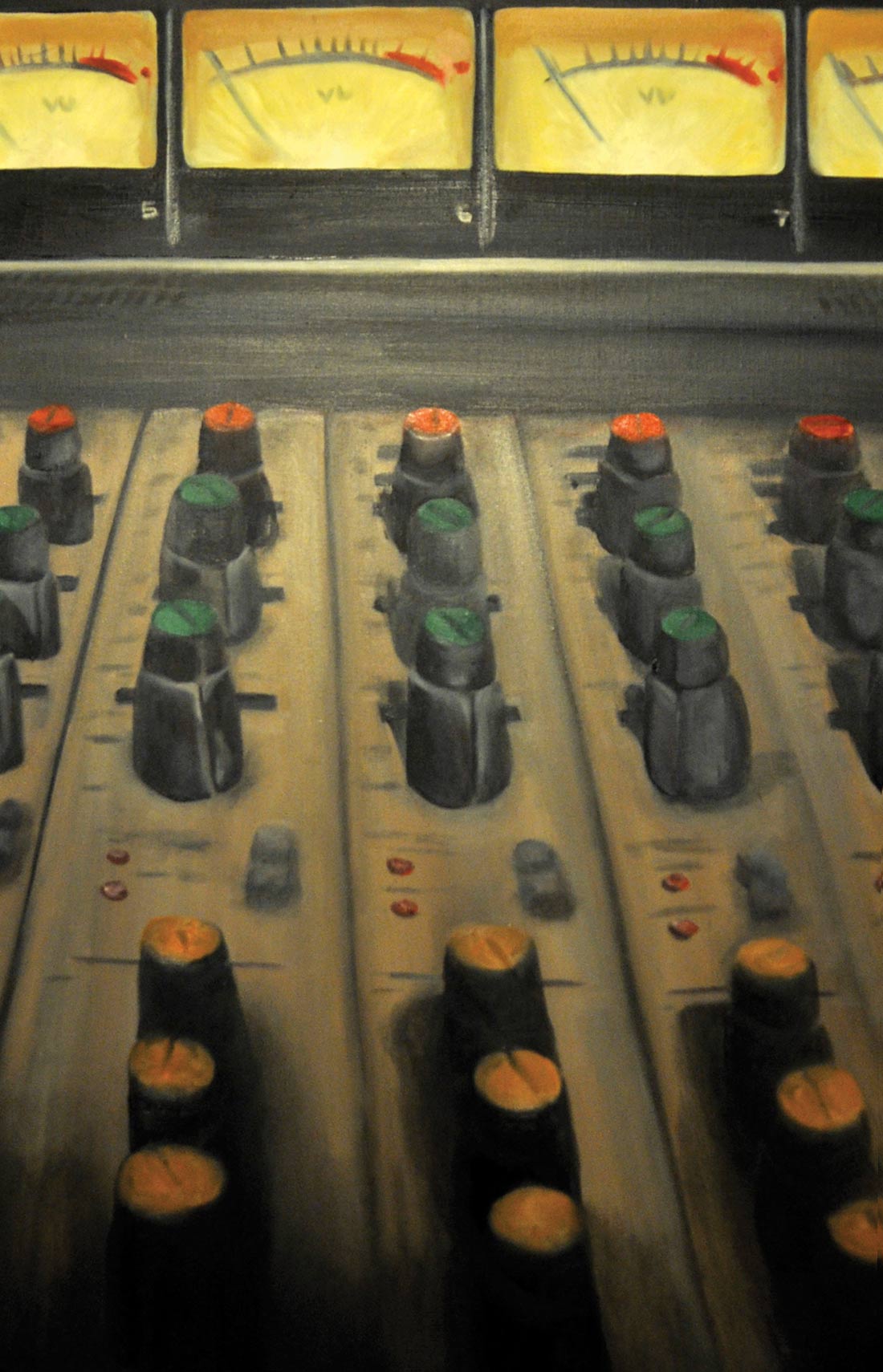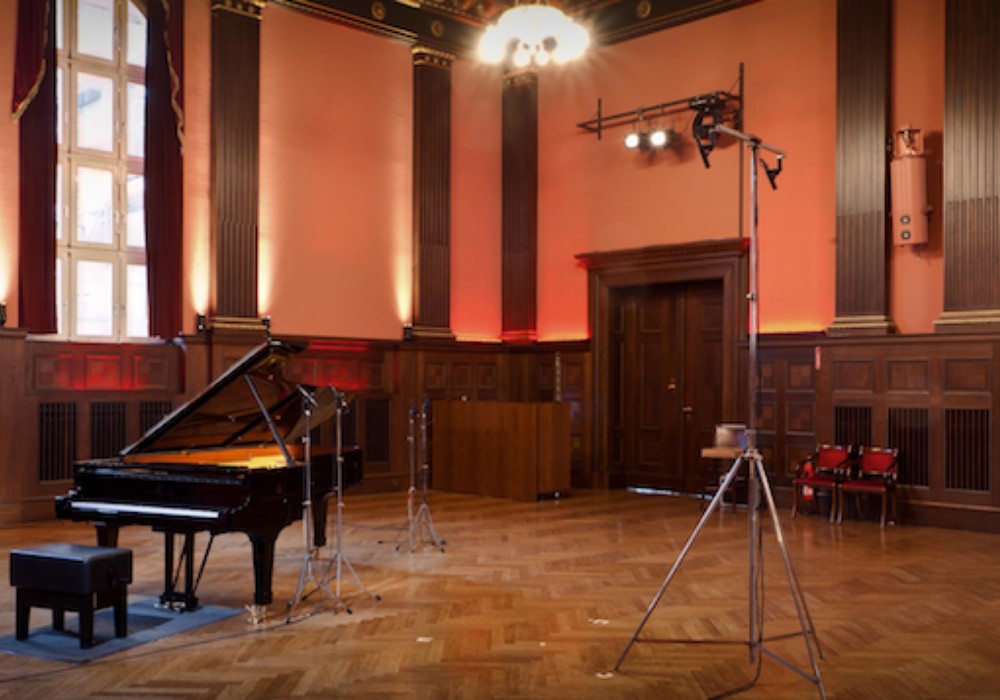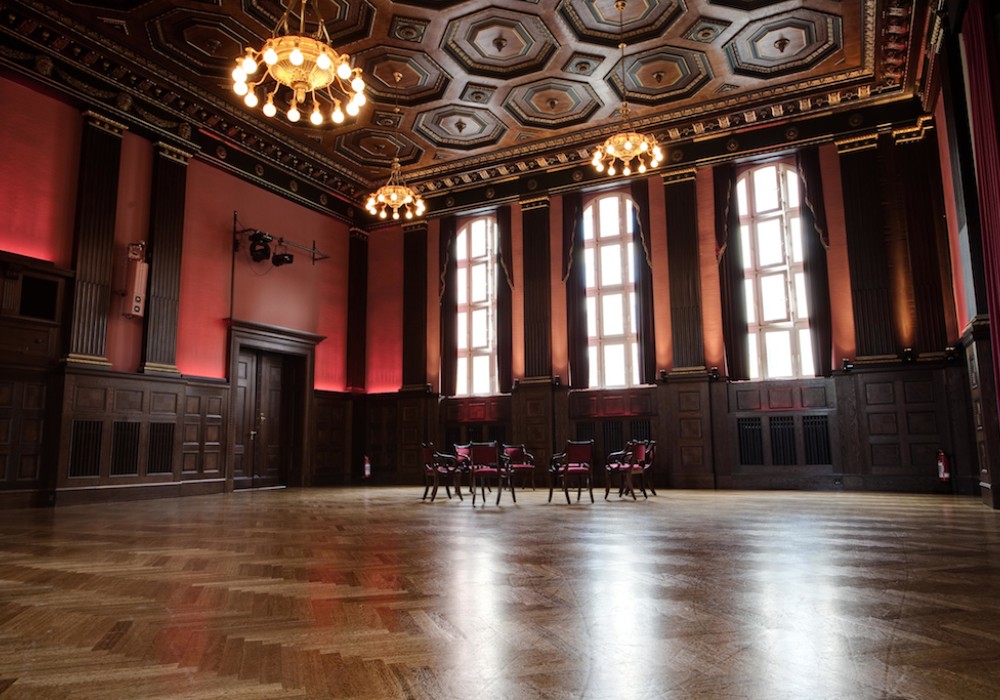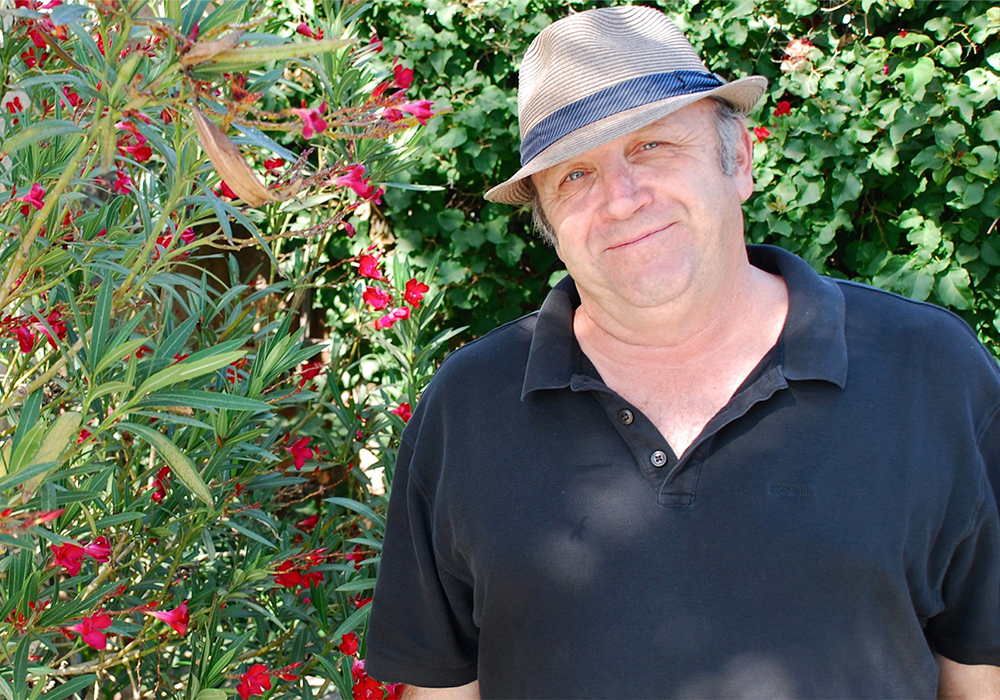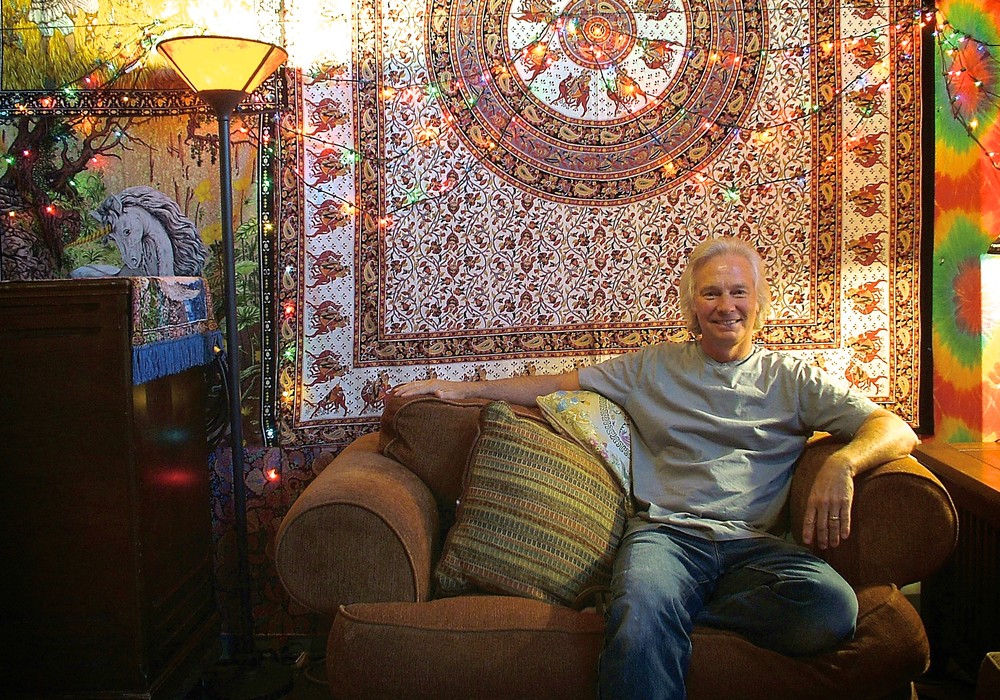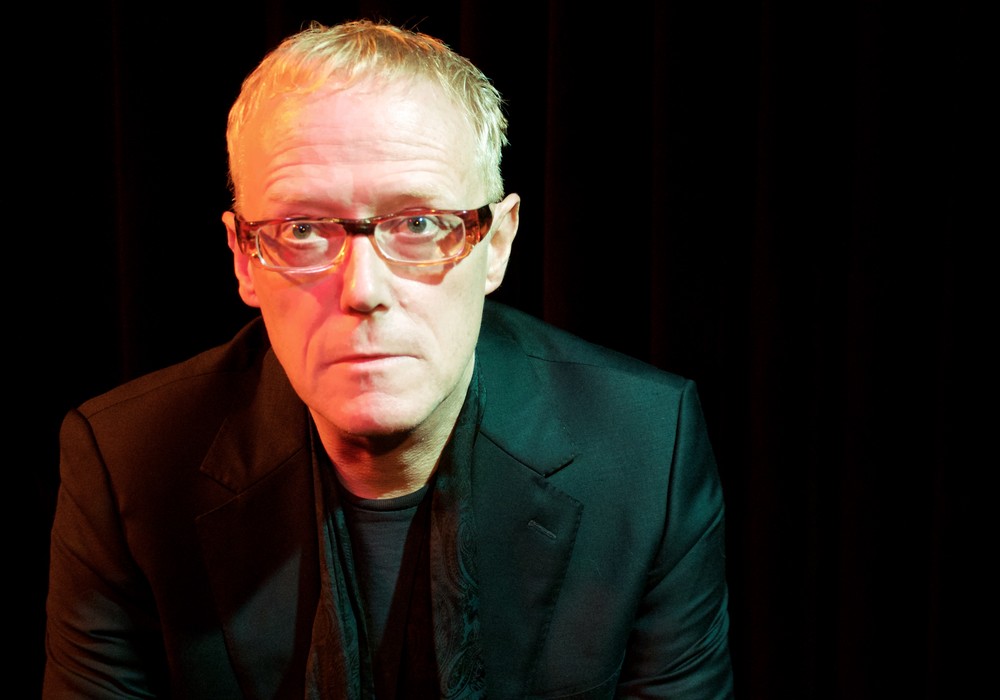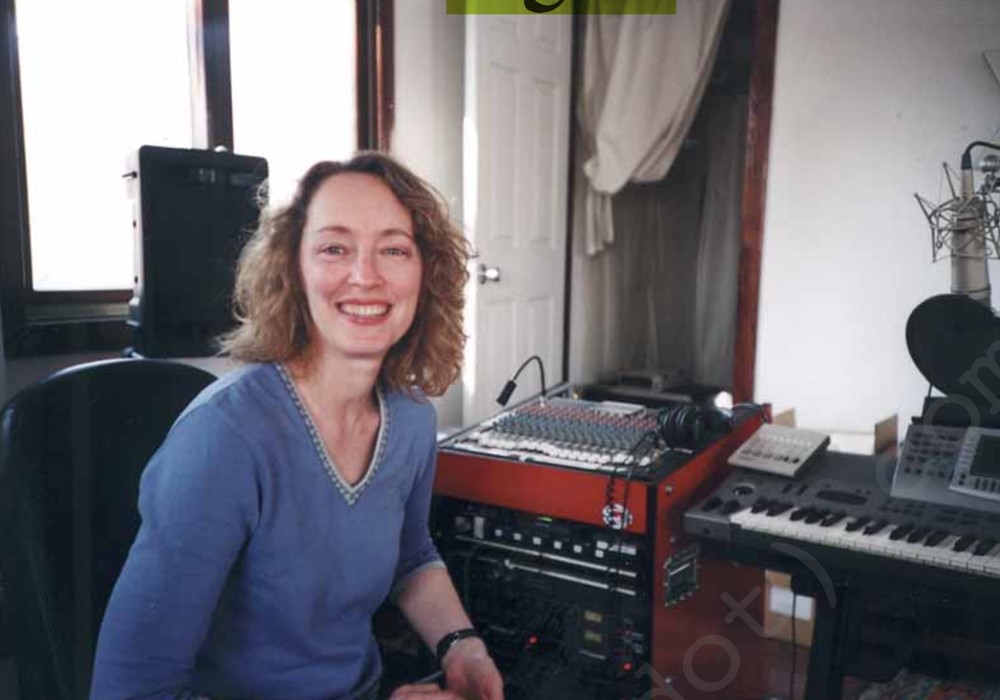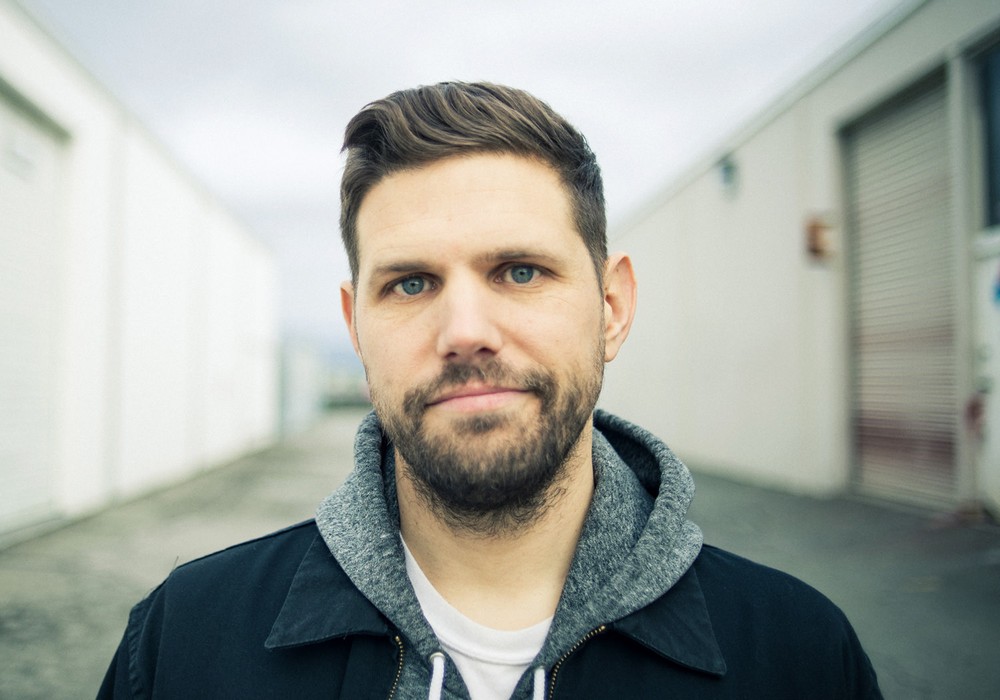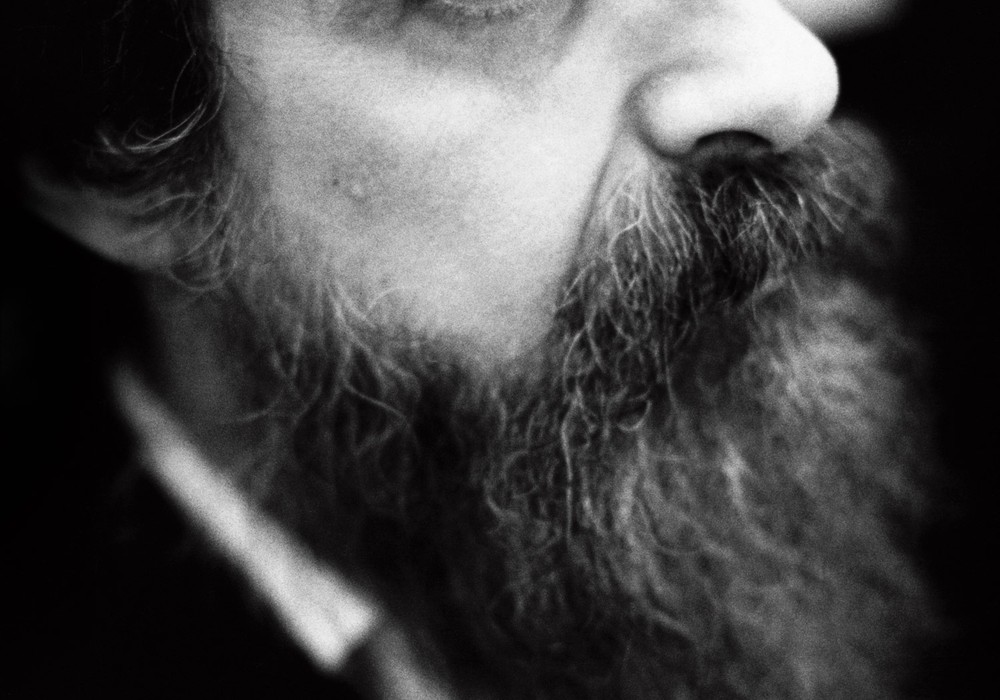In 1910, at 38 Köethner Straße, the Builder's Association of Berlin [Baugeschäfte] began construction on what would eventually become an architectural neoclassical masterpiece. Completed three years later, it housed many offices — including their own — and even the influential, and controversial, Malik-Verlag publishing company and bookstore. But at the heart of the building was the exquisite Der Meistersaal, or "Master's Hall." Concerts and readings were regularly performed in what became an important hub of the Berlin arts scene. During the Second World War, the Nazi's Reichsmusikkammer used The Hall for propaganda concerts until 1943 when the rear wing of the building, along with the rest of the neighborhood, was destroyed by a bomb. Thankfully the Meistersaal was spared. It remained empty until a post-war attempt to revitalize the space started, and then halted, when Köethner Straße, once located in the center of a thriving, artistic city, found itself on the front line of the Cold War in 1961. Just 150 meters from the front door was the border of East Germany, and eventually Die Mauer — the Berlin Wall. The street, and the once glorious building, sat in disrepair overlooking the grim No Man's Land that was the gateway to East Germany. It occurred to the label Ariola Records that such a hall, which had unintentionally found itself in a rather quiet neighborhood owing to it's now undesirable location, would be the perfect place to record their growing roster of artists. "The Great Hall By The Wall" began it's new life as a factory for German pop music in 1964. It would eventually change ownership over to the music publishing power family, the Meisels, who would locate their now famous Hansa Tonstudio in the building.
There's probably not enough room in this magazine to list the seminal releases that have been made in the legendary space, but U2's Achtung Baby, Iggy Pop's The Idiot and Lust For Life, REM's swansong Collapse Into Now, David Bowie's "Heroes," and other parts of his "Berlin Trilogy," are only a few. (The cover of David Bowie's recent record, The Next Day, is a Dadaist take on the album art of "Heroes," and its single "Where Are We Now?" is a love letter to the city where he did some of his best work.) Nina Simone, Depeche Mode, Nick Cave, Supergrass, The Pixies, Tangerine Dream, Killing Joke, Nina Hagen, Marillion, Siouxsie and the Banshees, David Byrne, opera superstar Luciano Pavarotti, Herbert Grönemeyer, and even the much maligned Milli Vanilli, also worked at Hansa over the years. The studio is known for being an experimenter's paradise, but it's also a private space where artists can work in peace, which is why I felt honored to be invited into the studio by engineer/producer/studio director Alex Wende to learn more about its history and what makes it so special.
I often hear Hansa very lazily described as the "German Abbey Road."
I guess in some ways it is, but Hansa is its own thing. It's just easier to call it that than to explain its history. Abbey Road was built for classical music, and things like The Beatles came later. Hansa was designed with pop music in mind from the very beginning. Schlager was popular when it was built, and the bands that came later had nothing to do with classical recording. The room size, and having multiple studios in one building was not typical for Germany, so maybe that's the reason for Abbey Road comparison: it's a big, musical space where different people can work.
What's your background?
Primarily, I am a musician. I play keyboards — piano, and Hammond organ. My first bands were in East Germany. One of them was censored because the lyrics were considered anti-government. We were told to break up, or we'd be arrested. I did leave before The Wall came down, though.
How?
Occasionally bands from the East had a chance to play in the West, and if your band was allowed to travel sometimes people would figure out how to [defect]. This is really hard for me to talk about... In those times all of the bands had some members who were involved in [the government of] East Germany, to make sure the other guys in the band came back when they left. It was all very difficult, and friendships were lost. When The Wall came down, people found out their best friends were Stasi guys [secret police], you know? They were there to watch what you were doing and what you were saying about the country. It didn't matter if you were a nice guy or not. It was unbelievable. That's why I know few people from that time. They sold out their best friends and their families in the name of the East German government.
So you had an opportunity to come to West Berlin and you stayed?
Not at first. I lived with my aunt, in Kiel, West Germany. I stayed there for at least a year, cleaning supermarkets to get money for a driver's license and a car so I could get to Berlin. I had a friend who went to West Berlin a year before me, and I said I'd follow him later. He was a great saxophone player, and we wanted to have a band together eventually.
How old were you?
18. The plan was difficult to arrange. West Berlin was in the middle of East Germany, so everybody who wanted to get there had drive right through the East zone first. There was no other way, other than by airplane. Both options were dangerous. So I knew if I left the West, to enter the East German part, they would catch me for sure. I patiently waited for any way to get to West Berlin. Then one evening I came home from my work cleaning supermarkets, and I saw on the TV something was happening in Berlin. People were climbing up The Wall. Ten days later I came here. The borders were open. Nobody asked me about anything. I immediately started to play music around town. I knew a lot about old keyboards, so when one of the Hansa producers saw us play he said, "Hey, you've got to give me your phone number. We have work for you!" So I started doing sessions.
